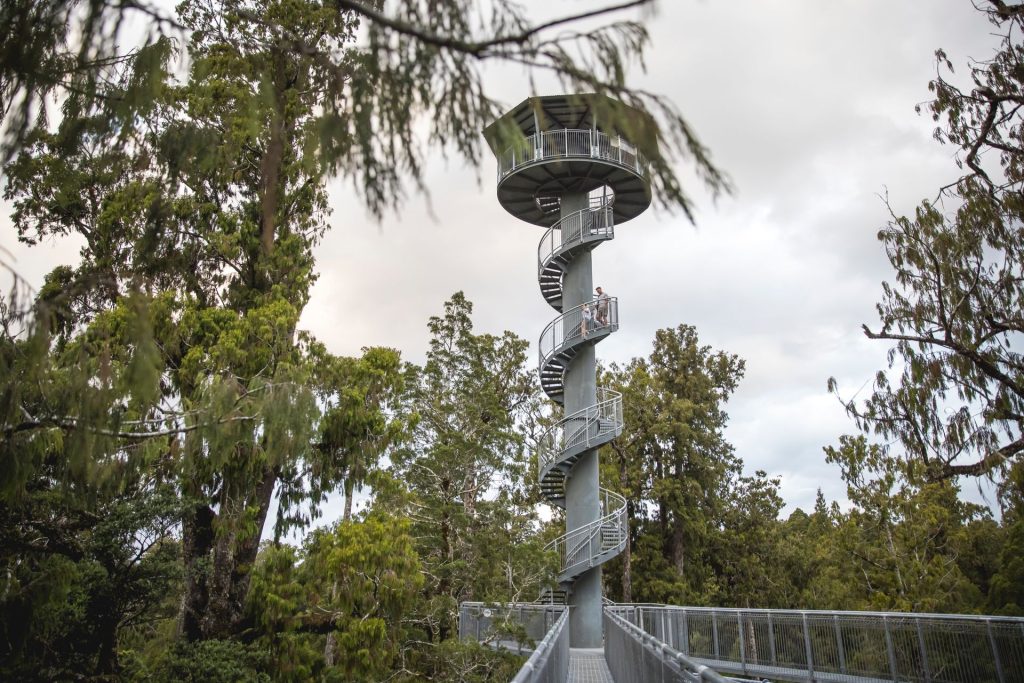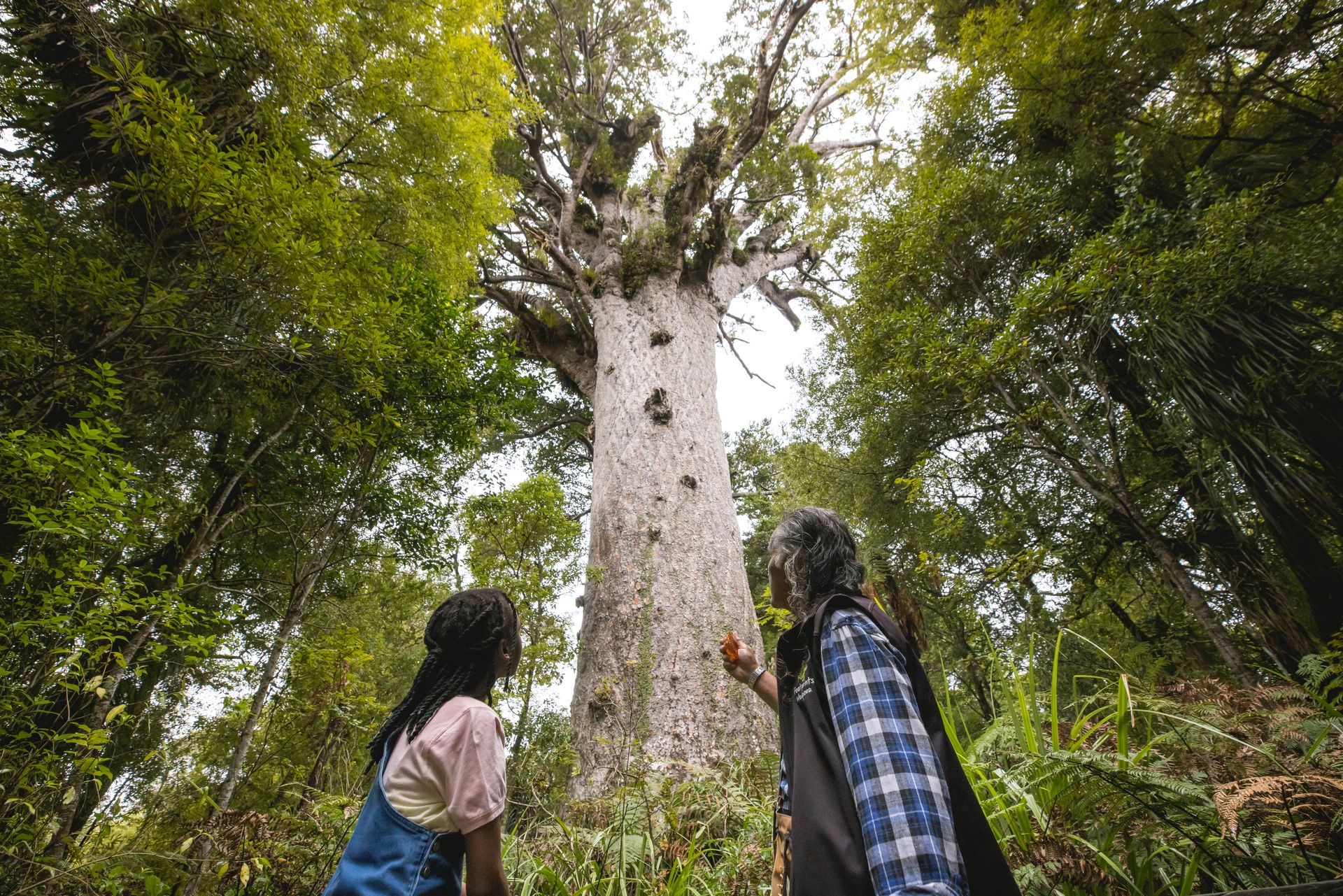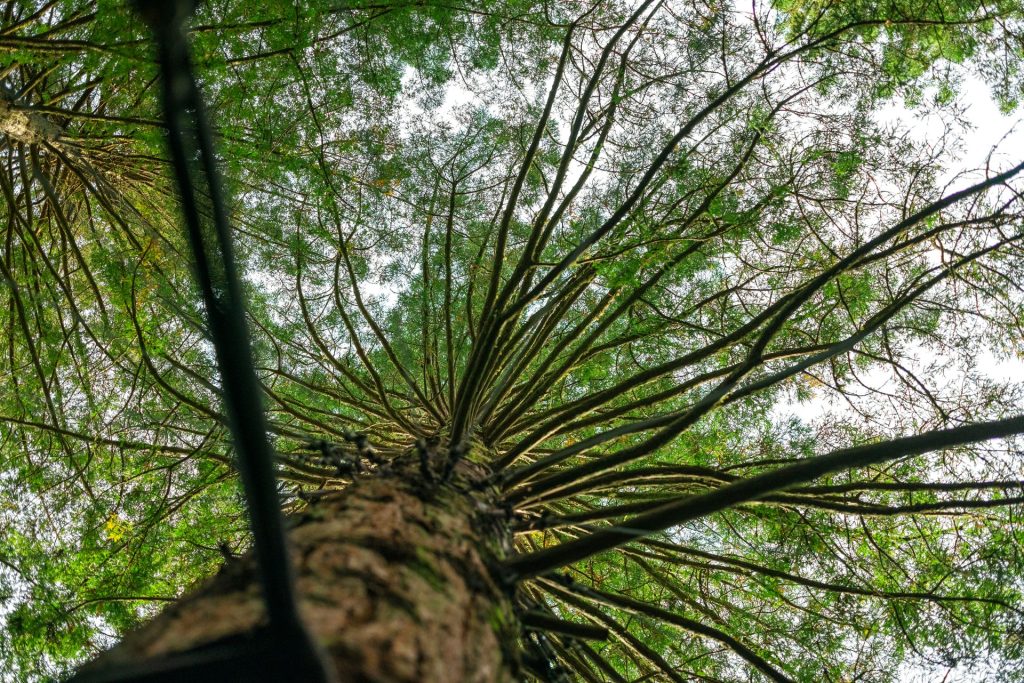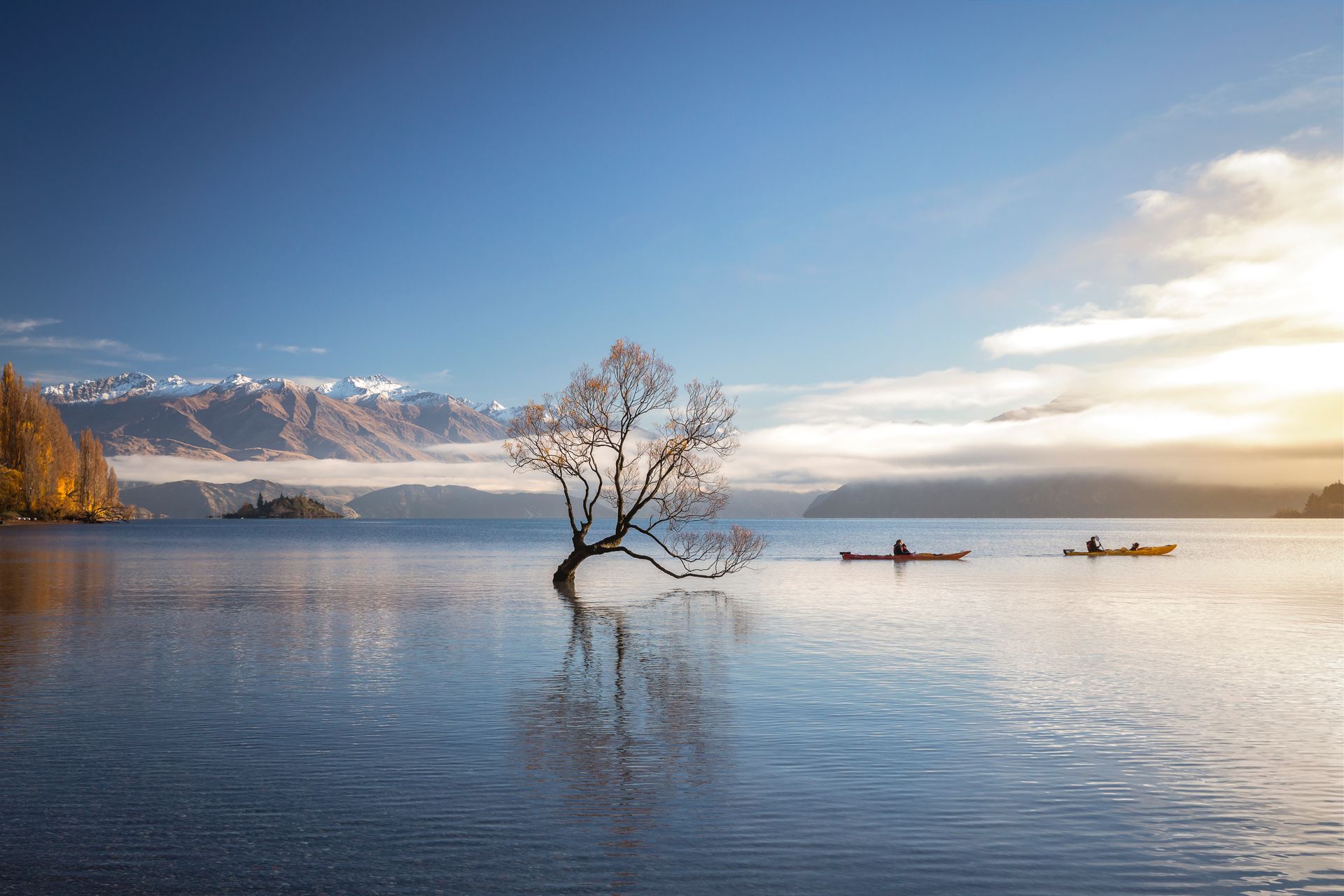Aotearoa New Zealand has some exceptional trees. It’s a lush, green place, with more than 10 million hectares of its land mass covered in native and exotic forests.

Prior to humans arriving, more than 80% of the country was forested, and what cool forests they were. Today it’s less that 40%.
And while some native species have been threatened with extinction thanks to the mass planting of introduced species for forestry and timber, there is now a strong focus on regenerating indigenous but and replacing exotic tree with native species.
(Speaking of timber, one reason New Zealand was targeted for forestry was that it turned out some northern hemisphere timber trees, such as Douglas Fir, grows three times faster down here.)
Aotearoa New Zealand boasts two types of native trees: pocarps like tōtara, mataī and rimu, and beech forests.
They’re all pretty amazing, but we’ve looked into our tree tops, our five favourite species of notable trees found in Aotearoa New Zealand.

The Seuss-tastic Tī Kōuka (the Cabbage Tree)
Cabbage Trees are lovely scented flowering plants, producing white flowers in spring. In summer, they also grow small white berries which attract native birds like kererū, korimako and tui.
(Kererū, famously, have a habit of eating too many berries, which on hot days then ferment before the birds can digest them, turning them alcoholic. Drunk kererū sometimes fall out of trees in summer, a phenomenon which has made international headlines.)
The best thing about Cabbage Trees, though, is that they are the closest thing on earth to the Truffula Trees in Dr. Seuss’ The Lorax. Seriously, they look exactly like them.
A North Island giant: The mighty kauri tree
Of all the country’s notable trees, the kauri is the big daddy of the trees of Aotearoa New Zealand.
Kauri forests are full of trees with impressive stats, both on a national and international scale. Their trunks can grow to more than 50 metres tall and measure up to 16 metres around.
Getting that big takes time, but that’s fine, because kauri can live for more than 2000 years. Yes, two thousand.
Located in Waipoua, Tane Mahuta is the largest tree in the kauri family left in New Zealand. The 1500-year-old tree is 51.5 metres tall, and is known as the king of the forest.
Fun fact: there is also a kauri snail, a large snail that eats slugs, earthworms and, erm, other snails. Hashtag cannibalistic.
A tall, slow growing tree: Tōtara
Totara (Podocarpus totara) can reach up to 30 metres in height, three meters in width. They grow straight, and so big, a huge waka can be hollowed from one totara.
After the kauri, the Totara might have the longest life span of any New Zealand trees, potentially living up to 1000 years.

New Zealand’s only palm tree: the Nikau Palm
Of the more than 1100 species of palm in the world, the nīkau palm is the southernmost, and the only one native to Aotearoa New Zealand.
We love the nikau tree for its elegant silhouette – a straight trunk with a distinctive smooth bulge at the point where the fronds emerge from the top of the tree.
In the warmer months, the nikau spouts gorgeous, sticky purple flowers that are loved by the bees, while the birds come in droves for the bright red nīkau fruit.

Sweet as: the Mānuka tree
We love manuka, or “tea trees”, because they thrive in the low alpine regions we love to explore. And they smell great.
Mānuka pollen, and therefore honey, has been shown to be a strong antibacterial agent – it’s sold at a premium both because it tastes amazing, and because it’s believed to have health benefits.
Not bad for a tree that was once cleared by farmers because it was seen as an annoying scrub.

